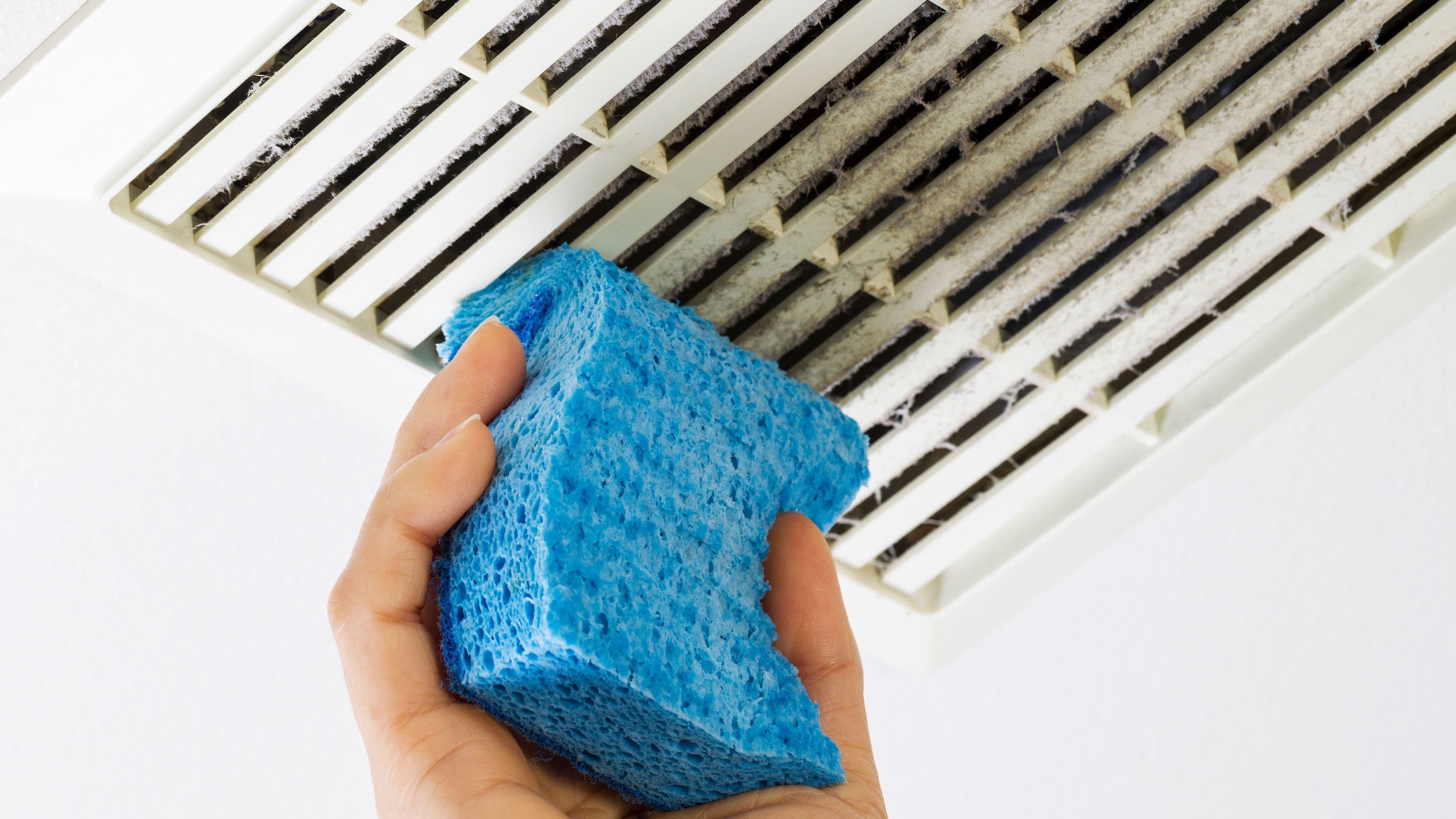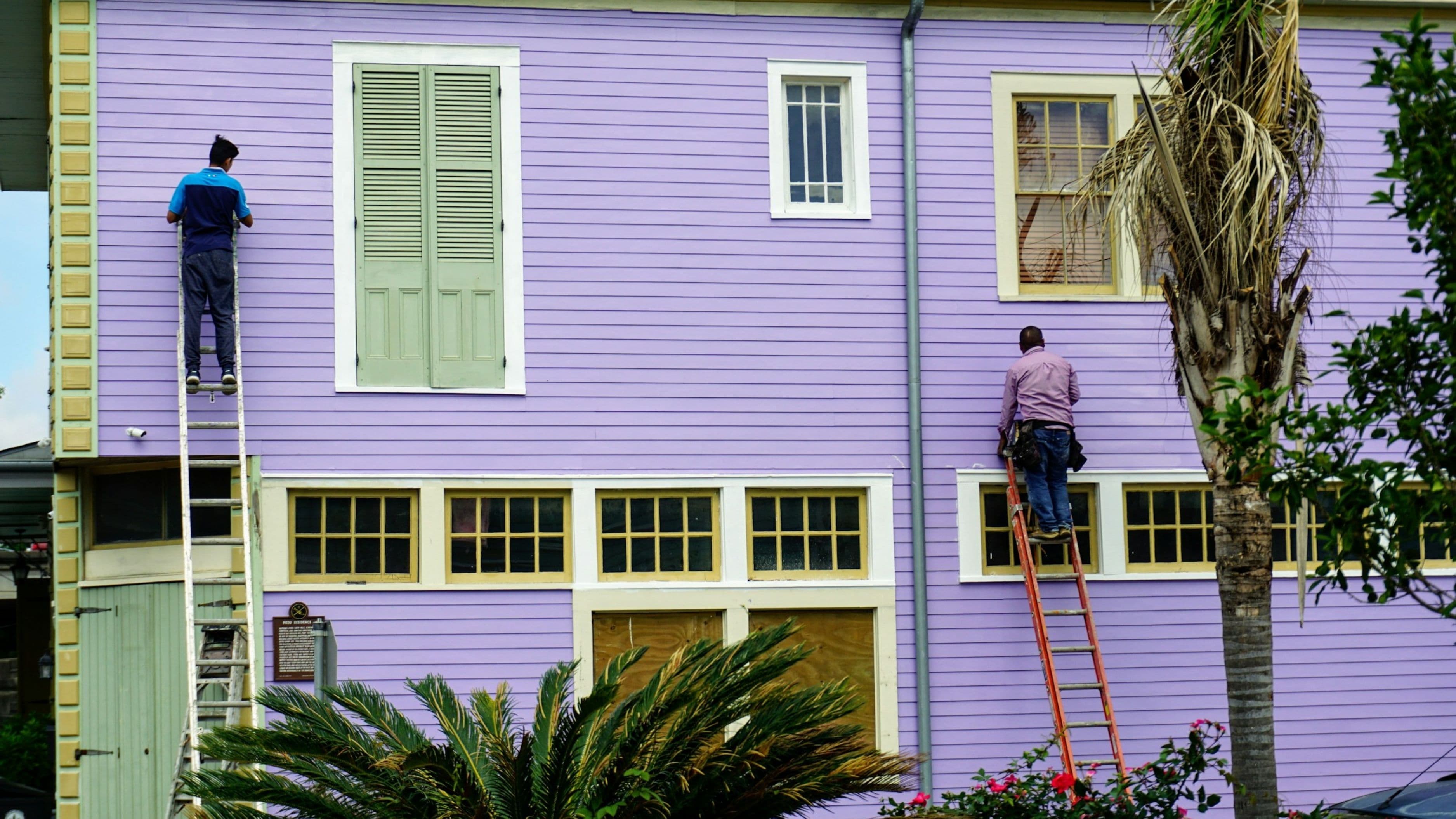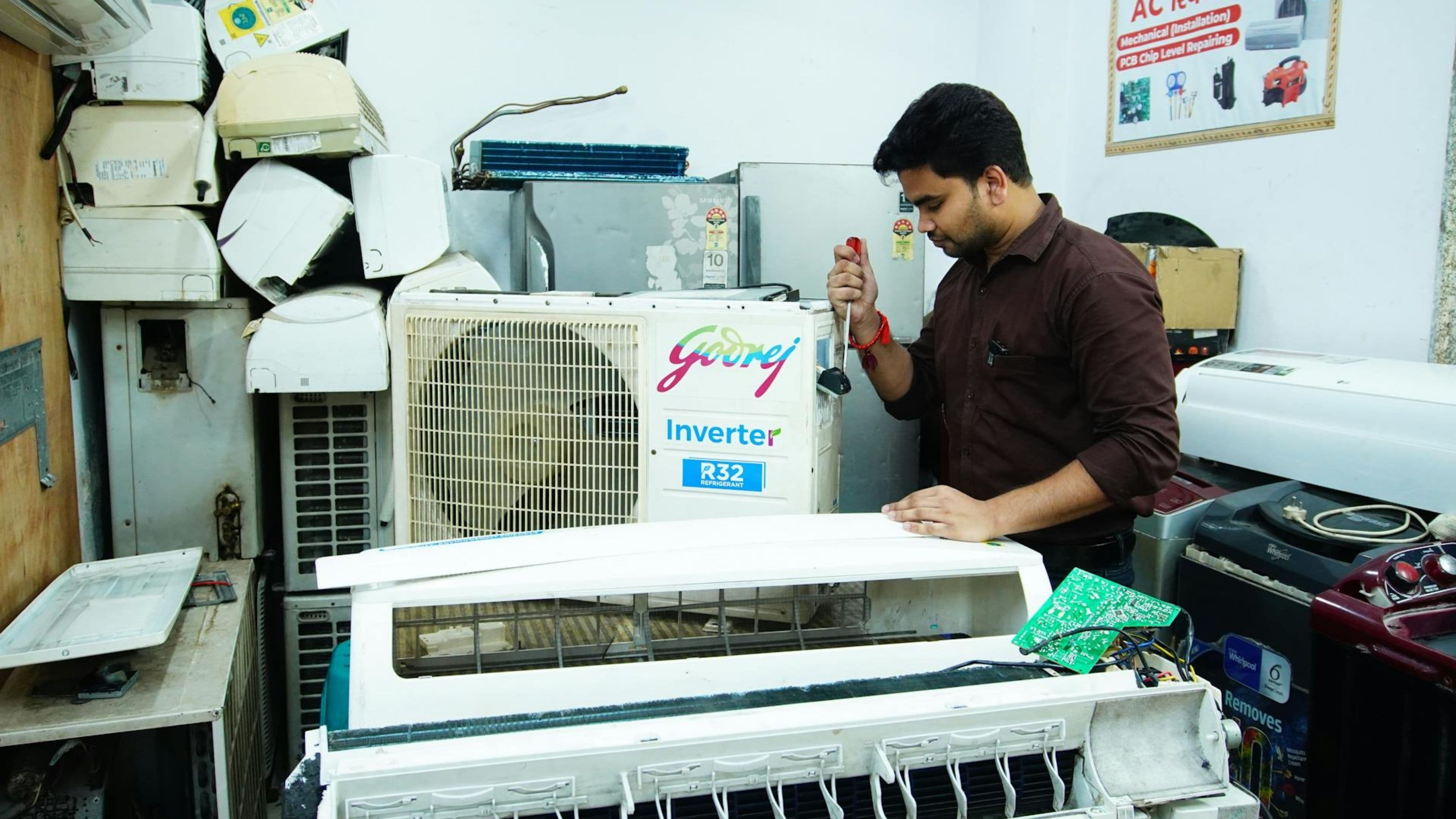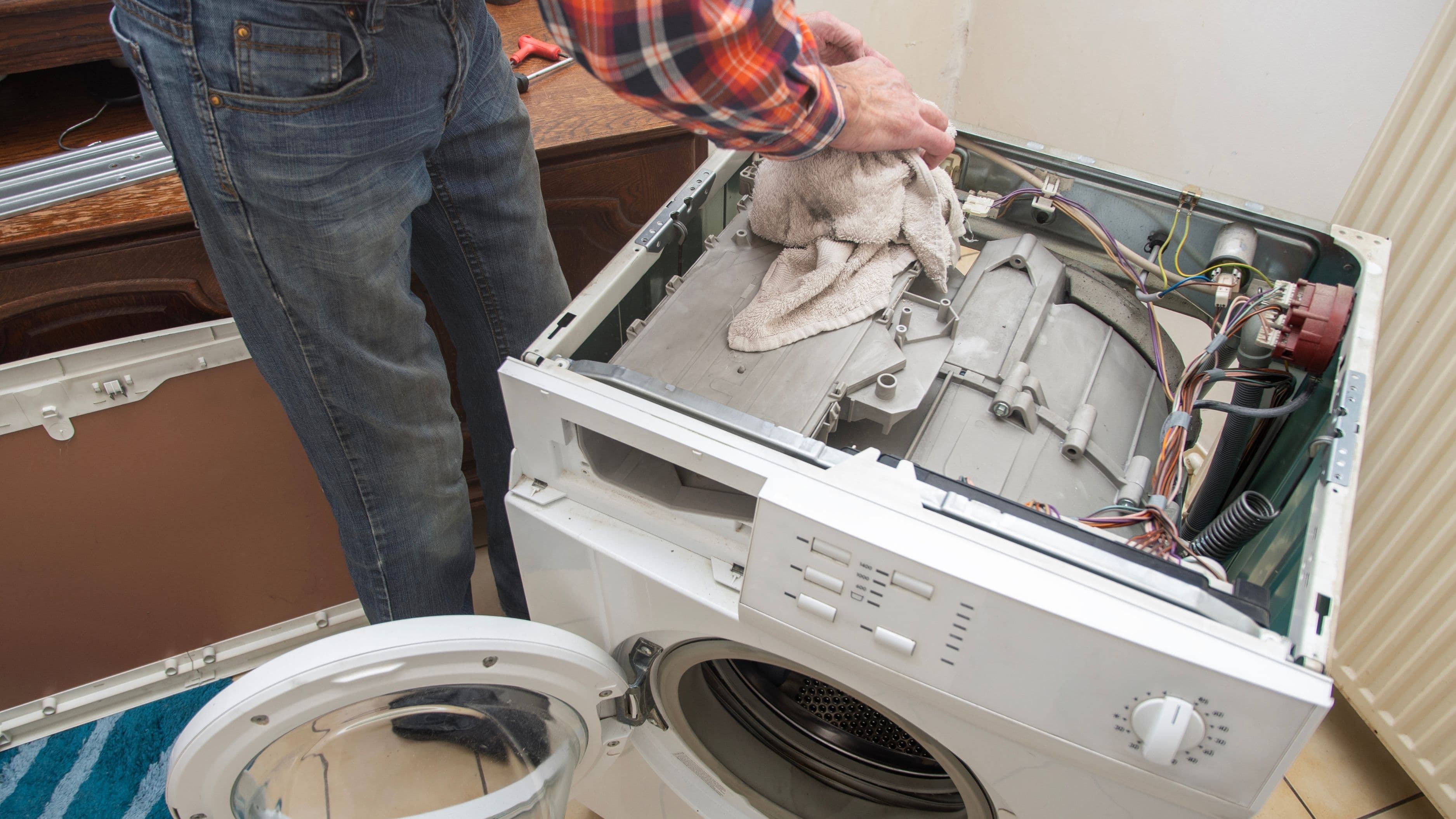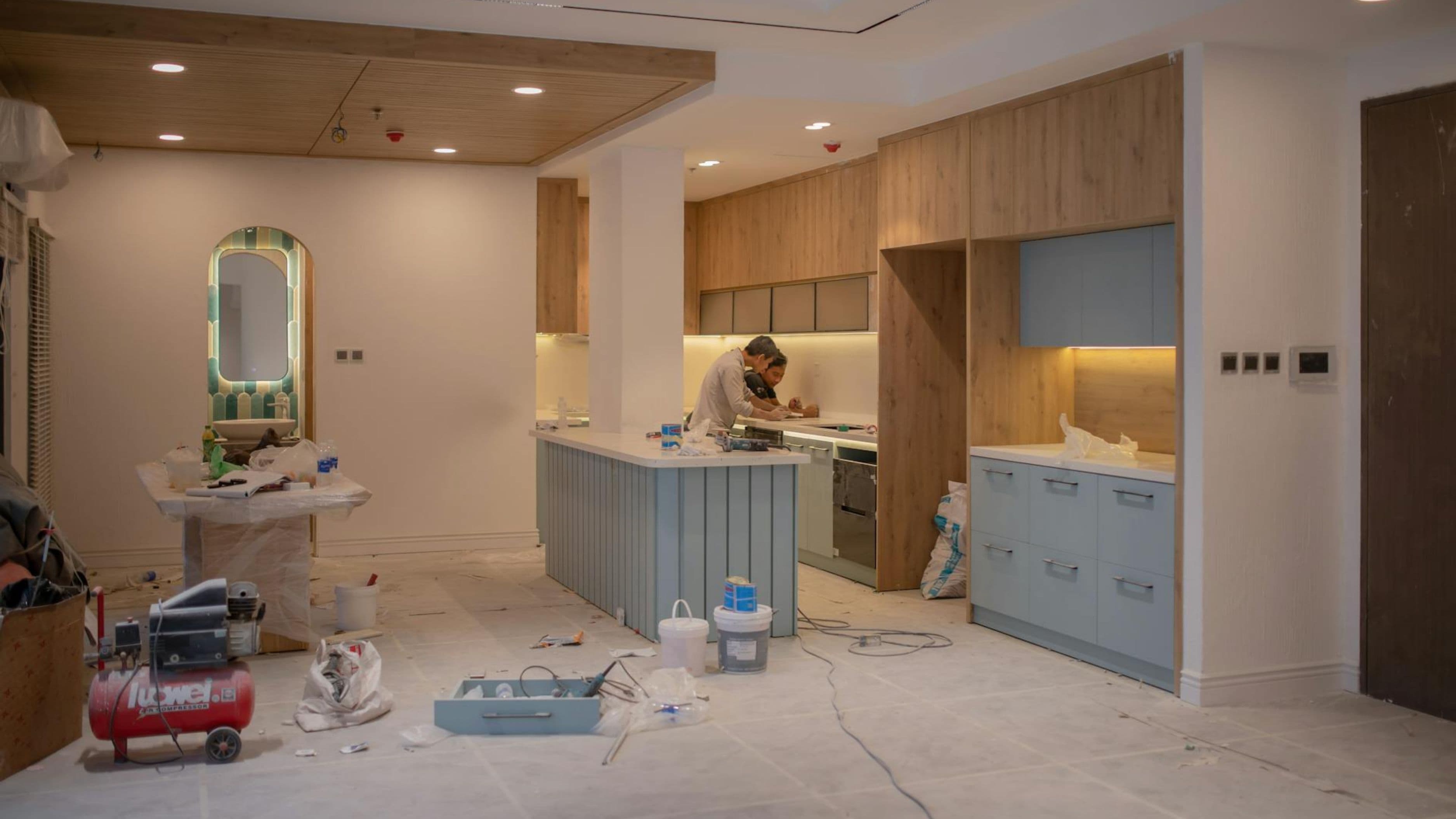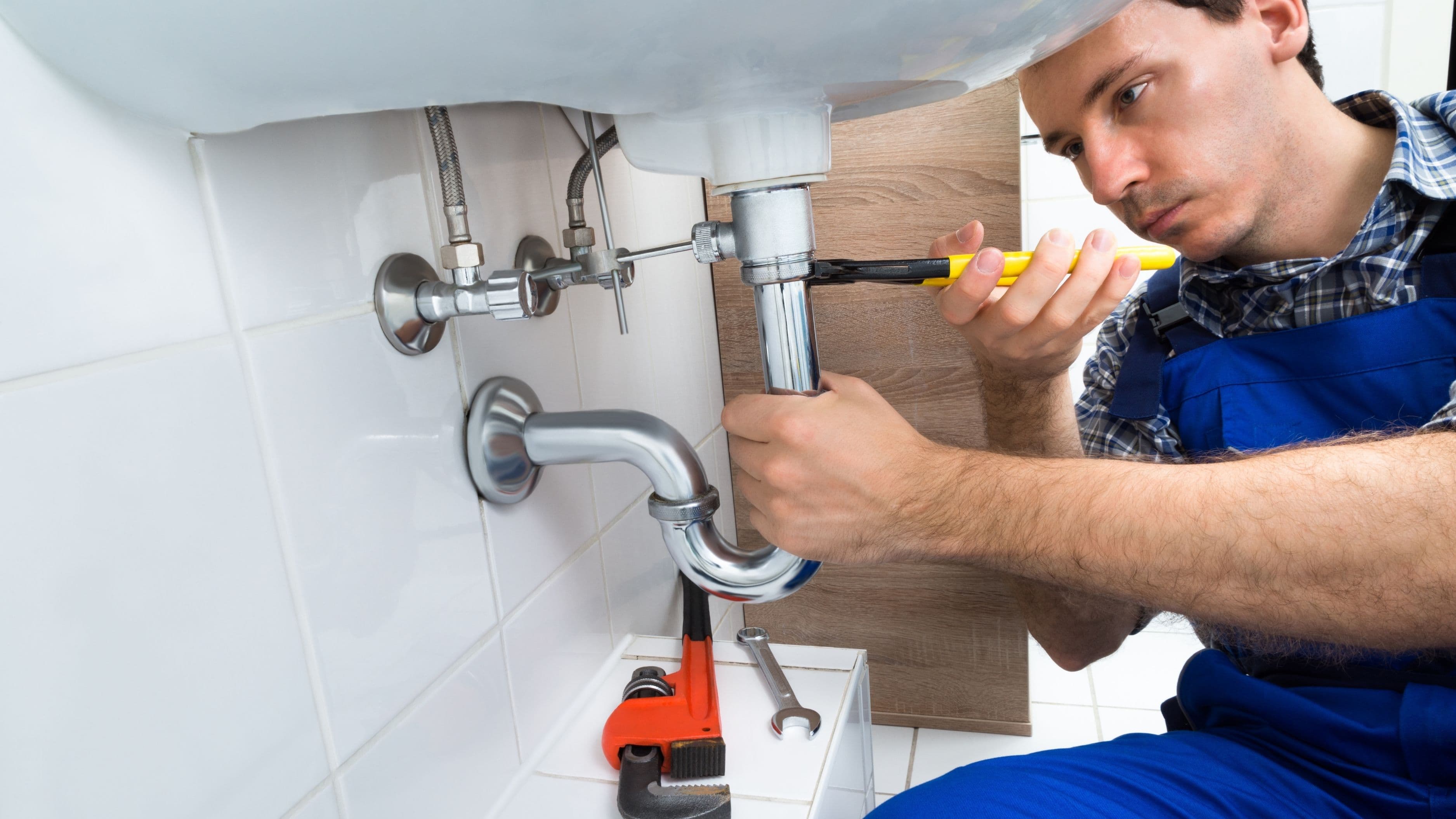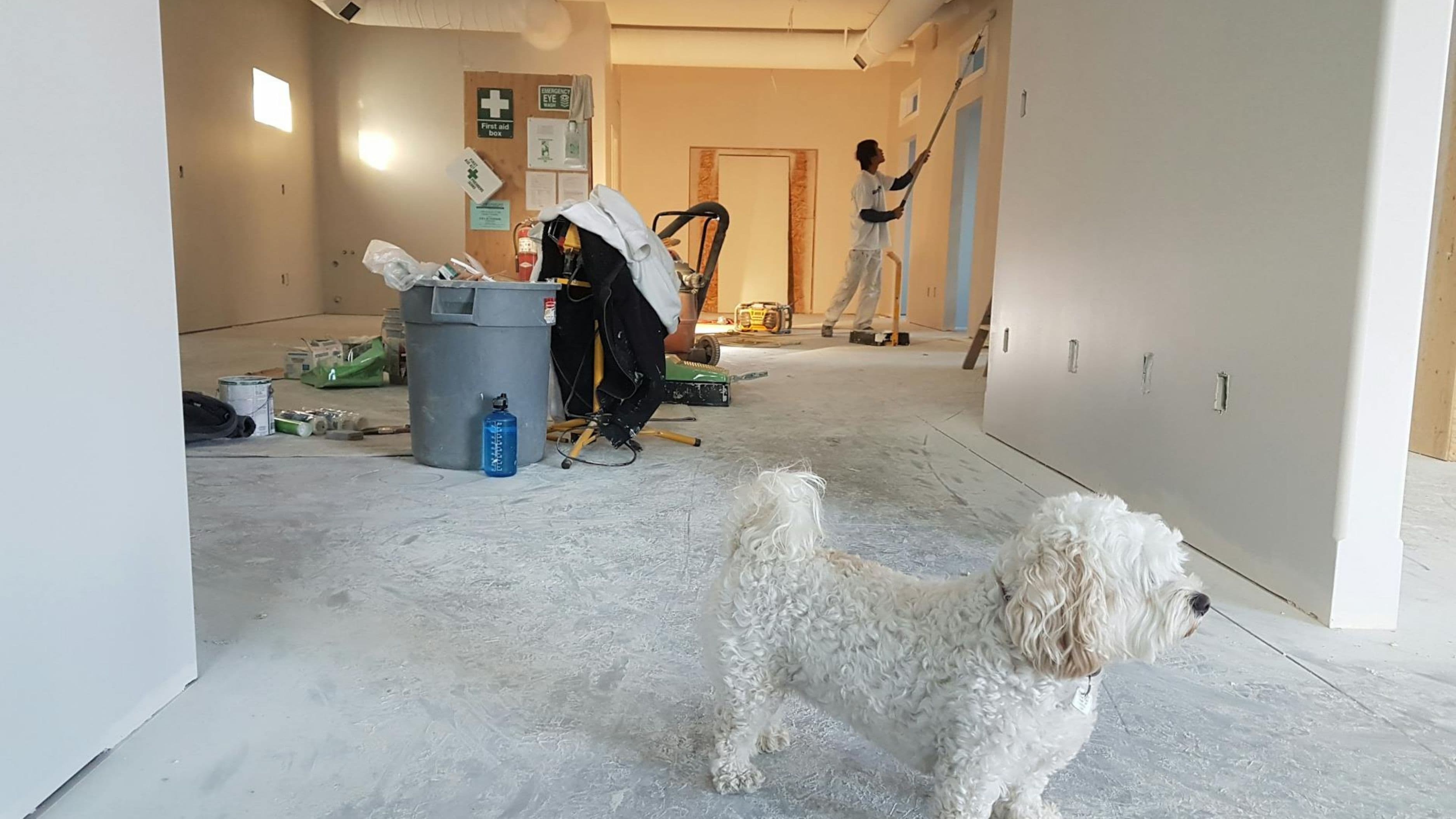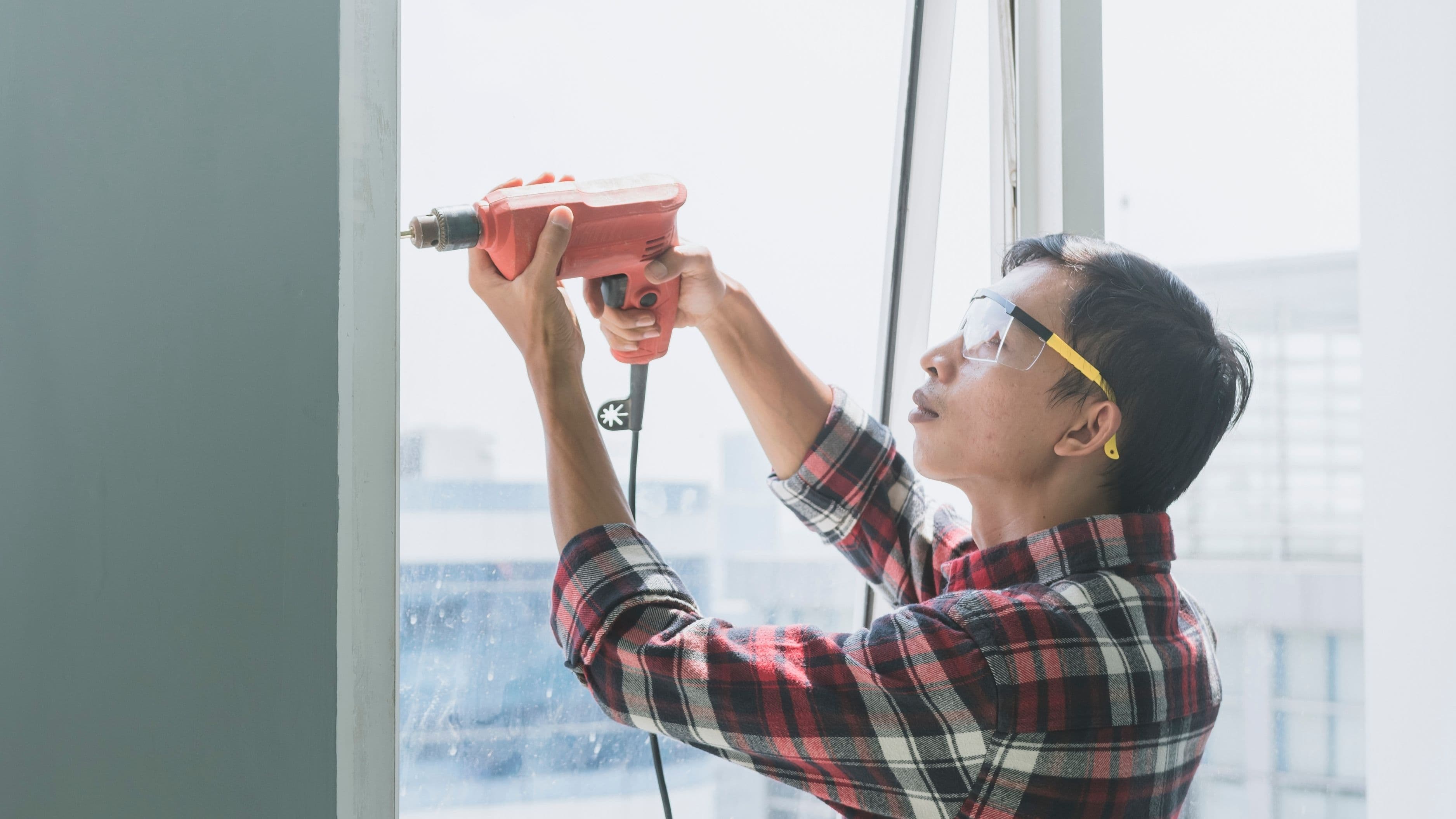Your home should be your sanctuary, not a source of sniffles, headaches, or mysterious rashes. But leaky faucets, cracked caulking, and dusty vents aren't just cosmetic annoyances—they're creating environments where allergens thrive. Let's explore how tackling basic repairs can transform your home into the healthier space you deserve.
1. Seal Those Sneaky Window Gaps
Feel that subtle draft near your window? That's not just wasting energy—it's rolling out the welcome mat for pollen, dust, and outdoor pollutants. Old, cracked weatherstripping and deteriorating caulk create tiny highways for allergens to march right into your home.
Grab a tube of paintable caulk (around $5) and spend an afternoon sealing these gaps. Run your hand along window frames on a breezy day to identify problem spots. You'll notice the difference immediately—not just in your heating bill, but in how much less dust accumulates on nearby surfaces. Plus, you're blocking entry points for microscopic pollen particles that trigger those endless sneezing fits.
The same treatment works for door frames. If you can see daylight peeking through when your door is closed, allergens are definitely getting through too.
2. Fix That Dripping Faucet Before Mold Moves In
That rhythmic drip-drip-drip isn't just annoying—it's creating a moisture problem. Even a slow leak under your sink can turn the dark cabinet space into a mold paradise within weeks. Mold spores are among the most common indoor allergens, triggering asthma attacks, respiratory issues, and persistent congestion.
Most faucet leaks come down to worn washers or O-rings—parts that cost pennies and take minutes to replace. Turn off the water supply, disassemble the faucet handle, and swap out the old rubber components. YouTube has dozens of tutorials for every faucet type imaginable.
While you're at it, check under all your sinks with a flashlight. Look for water stains, musty smells, or that telltale fuzzy growth. Catching moisture problems early means you're dealing with a $3 washer replacement instead of a $3,000 mold remediation project.
3. Clean or Replace Your HVAC Filter Monthly
When was the last time you changed your air filter? If you're scratching your head trying to remember, you've got a problem. Your HVAC system circulates air throughout your entire home, and that filter is the only thing standing between you and a constant recirculation of dust mites, pet dander, pollen, and other microscopic irritants.
A clogged filter doesn't just work poorly—it actually blows accumulated allergens back into your living space. Mark your calendar for monthly filter checks. Standard filters cost $5-15, while HEPA filters (which capture 99.97% of particles) run $20-40 but make a dramatic difference for allergy sufferers.
The swap takes literally two minutes. Slide out the old filter, note the size printed on the frame, and slide in a new one with the airflow arrow pointing toward the furnace. That simple habit can reduce airborne allergens by up to 50%, according to the Environmental Protection Agency.
4. Repair Bathroom Caulking and Grout
That blackish discoloration in your shower corners? That's mildew—a type of mold—and you're breathing it in every time you shower. Warm, moist bathrooms with damaged caulking or crumbling grout become breeding grounds for mold and bacteria that compromise indoor air quality throughout your home.
Remove old, damaged caulk with a utility knife or caulk removal tool, clean the surface thoroughly with a bleach solution, let it dry completely, and apply fresh silicone caulk. The key is ensuring everything is bone-dry before applying new caulk—mold loves to hide under fresh sealant if you trap moisture underneath.
For grout, you can often refresh it with a grout pen or apply new grout over cleaned, slightly roughened old grout. Proper ventilation during and after showers (run that exhaust fan!) prevents the moisture that allows these allergens to flourish in the first place.
5. Clean Out Your Dryer Vent Completely
Your dryer vent isn't just a fire hazard—it's also pumping humidity back into your home if it's clogged. That excess moisture raises indoor humidity levels, creating ideal conditions for dust mites and mold growth. Dust mites, those microscopic creatures living in your bedding and upholstery, thrive in humidity above 50%.
Disconnect your dryer, pull it away from the wall, and use a dryer vent cleaning kit (about $20 at any hardware store) to clear the entire vent path. You'll be shocked at the lint buildup. While you're at it, vacuum behind and under the dryer—that area typically harbors forgotten dust bunnies loaded with allergens.
A clear vent means your dryer works more efficiently, clothes dry faster, and you're not inadvertently humidifying your home. The reduction in ambient moisture helps keep dust mite populations in check naturally.
6. Patch Roof Leaks Before Water Finds Your Walls
Water stains on your ceiling aren't just ugly—they're warning signs of moisture penetration that leads directly to mold growth. Even small roof leaks can channel water into wall cavities and insulation, where mold colonies grow completely out of sight until you're facing serious health impacts and structural damage.
If you're comfortable on a ladder, you can patch minor roof issues yourself with roofing cement or sealant. Look for damaged, curled, or missing shingles around stained areas. For flat roofs, small cracks and blisters can be sealed with roof patch compound.
Inside, address any water stains immediately. If the drywall feels soft or damp, it needs to be cut out and replaced—mold grows on the paper backing. The investment in fixing small leaks now prevents the nightmare scenario of hidden mold colonies affecting your family's respiratory health for months or years.
7. Upgrade Bathroom and Kitchen Exhaust Fans
Does your bathroom fan sound like a jet engine but barely move any air? Old, inefficient exhaust fans fail at their primary job: removing moisture before it condenses on surfaces and feeds mold growth. The same goes for your kitchen range hood—if it's not venting cooking moisture and smoke outside, those irritants are settling throughout your home.
Replacing an exhaust fan is easier than you think. Modern fans are quieter, more powerful, and designed for easy installation. Turn off the breaker, remove the old fan cover and housing, disconnect the wiring, and install the new unit. Most come with detailed instructions and require only basic tools.
Proper ventilation is your first line of defense against moisture-related allergens. Run bathroom fans during showers and for 20 minutes after, and use kitchen vents whenever you're cooking. The airflow makes it nearly impossible for mold to establish itself.
8. Repair Cracked Foundation Areas Around Windows
Cracks in your foundation or around basement windows are basically allergen superhighways. They allow moisture intrusion (hello, mold), provide entry for outdoor allergens, and even let in dust and insect debris. Basement moisture is particularly problematic because it rises through your home, affecting air quality on every floor.
For hairline cracks, hydraulic cement or polyurethane crack filler does the trick. Clean the crack thoroughly, dampen it slightly, and apply the filler according to package directions. Larger cracks might need a two-part epoxy injection system.
Sealing foundation vulnerabilities pays dividends in basement air quality and protects your home's structural integrity. A dry foundation means no musty basement smell wafting upstairs and no moisture creating perfect conditions for dust mites in stored items.
9. Replace Worn Door Sweeps and Thresholds
Look down at your exterior doors. If you can see light underneath or feel air movement, you're looking at another allergen entry point. Door sweeps wear out, thresholds settle, and gaps develop that invite in pollen, dust, and outdoor pollutants.
New door sweeps cost around $10 and install in minutes with a screwdriver. Adjustable thresholds can often be raised by turning screws with a hex wrench to close gaps. For severely worn thresholds, replacement is straightforward—unscrew the old one, cut the new threshold to length, and screw it down.
This simple fix reduces the allergen load your HVAC system has to filter and prevents the constant influx of outdoor triggers that keep sensitive individuals in a perpetual state of allergic reaction.
10. Clean and Repair Window Wells and Gutters
Clogged gutters overflow, sending water cascading down your walls and pooling at your foundation—exactly where you don't want moisture. Window wells filled with debris trap water against your home, creating damp conditions that promote mold growth on both exterior and interior surfaces.
Clear gutters seasonally, checking that downspouts direct water at least five feet from your foundation. Clean window wells and ensure they have proper drainage. Consider adding window well covers to keep debris out permanently.
Water management around your home's perimeter is critical for controlling indoor allergens. When water is properly directed away from your structure, you eliminate moisture problems before they become air quality issues inside.
The Bigger Picture
These repairs share a common thread: they control moisture and seal entry points. Those two factors—dampness and infiltration—account for the majority of indoor allergen problems. By systematically addressing these simple issues, you're not just maintaining your home; you're actively creating a healthier environment for everyone who lives there.
The beauty of DIY repairs is that you don't need to tackle everything at once. Pick one project per weekend. As you work through this list, you'll notice improvements—fewer allergy symptoms, less dust accumulation, and that fresh feeling of breathing truly clean air in your own home. Sometimes the most powerful health interventions don't come from a pharmacy—they come from a hardware store and your own two hands.
What small repair have you been putting off that might be affecting your home's air quality more than you realize?
📚 Sources
U.S. Environmental Protection Agency. "The Inside Story: A Guide to Indoor Air Quality." EPA, 2023.
American Lung Association. "Healthy Air at Home." Lung.org, 2024.
Arbes, S. J., et al. "Prevalences of positive skin test responses to 10 common allergens in the US population: results from the third National Health and Nutrition Examination Survey." Journal of Allergy and Clinical Immunology, vol. 116, no. 2, 2005, pp. 377-383.
🔍 Explore Related Topics



